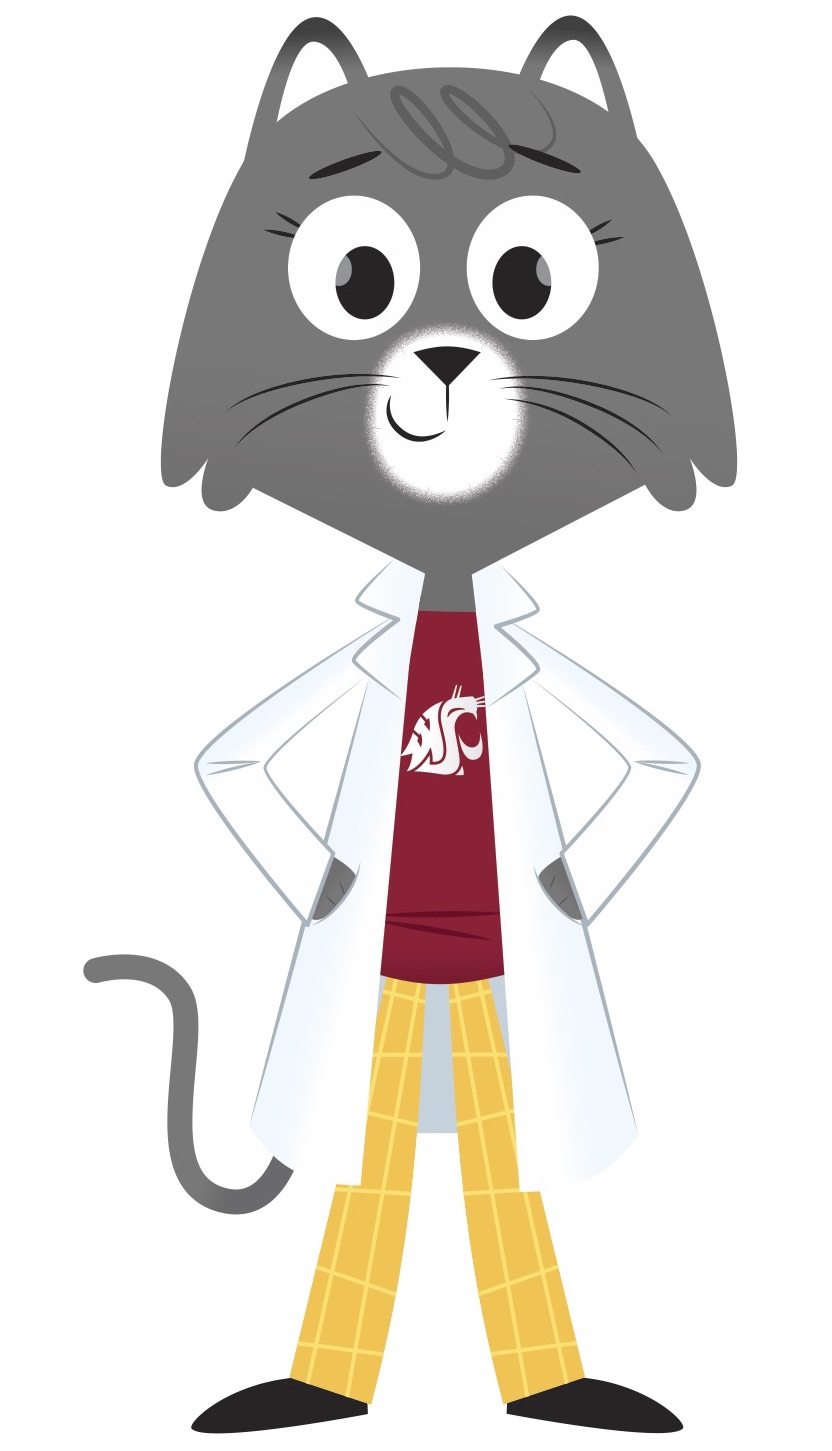Dear Emma,
For most of human history, people have enjoyed chocolate in a spicy, bitter drink. But when people discovered how to turn chocolate into a solid, it opened up a whole new world of possibilities.
That’s what I found out from my friend Omar Cornejo, a scientist at Washington State University who is very curious about the history and life of the cacao tree. Chocolate comes from the seeds of leathery fruits that grow on the tree.
If we cut open the fruit, we would find about 20 to 60 seeds on the inside. In ancient times, people would grind up the seeds and use them in a drink.
“When Europeans arrived to the Americas they found the indigenous people who were drinking this delicious thing,” Cornejo said. “It was bitter and interesting. They didn’t use sugar.”
It wasn’t until Europeans returned home that they added sugar to make it more drinkable. The drink was very popular among royalty. But engineers and scientists who lived during the Industrial Revolution in the late 1700s and early 1800s helped find new ways to produce it so it could be enjoyed by everyone.
 A cacao seed can give us a few things. One of them is cocoa powder, which is the dry part of the seed. Then there is the cocoa butter, which is the wet part of the seed.
A cacao seed can give us a few things. One of them is cocoa powder, which is the dry part of the seed. Then there is the cocoa butter, which is the wet part of the seed.
The chemist Coenraad van Houten had the idea to make a cocoa press. His press took a lot of fat out of cocoa beans and created a paste like cake batter that could then be made into cocoa powder.
This press also made it possible to remix the powder with cocoa butter. When the powder is processed, heat and friction can activate the cocoa butter and help produce chocolate liquor, a thick, chocolatey liquid.
In 1847, Joseph Fry figured out how to use these different ingredients to create a chocolate paste that he could mold into a rectangle. He produced the world’s first chocolate bar.
After Fry figured out how to make a chocolate bar, he made a treat called Fry’s chocolate cream. You can still buy it today. It is a dark chocolate candy bar with a creamy mint filling.
Now we have all kinds of solid chocolate. We have chocolate chips for our cookies. We can make delicious truffles. We can also make chocolate bonbons with different fillings like nuts, caramel and even more chocolate. One of Cornejo’s favorite chocolates is a black pepper bonbon.
Just as the first chocolate bar came from Britain, so did the world’s biggest chocolate bar. It weighed 12,000 pounds—that’s more than twice as heavy as a rhino. The chocolate bar was 13-by-13 feet.
Just imagine what it would have been like to create the first chocolate bar. People are coming up with new ideas all the time—who knows, maybe you, yes, you reading this very sentence, will come up a great invention for our future.
Sincerely,
Dr. Universe